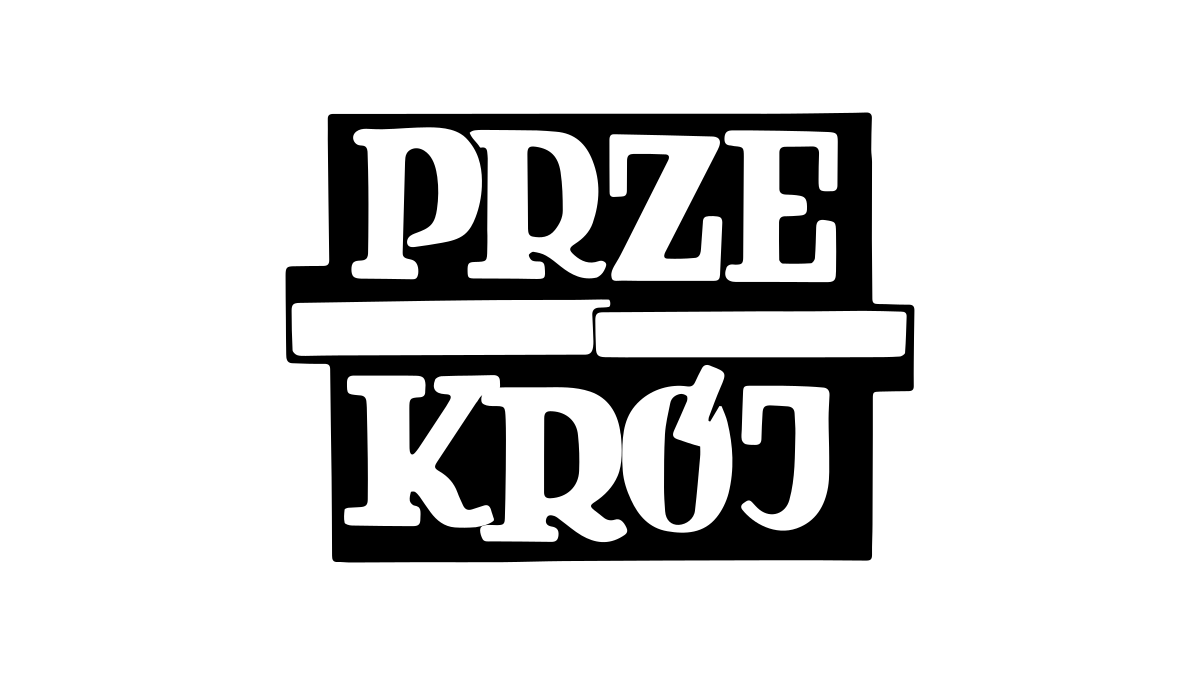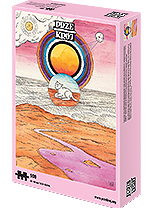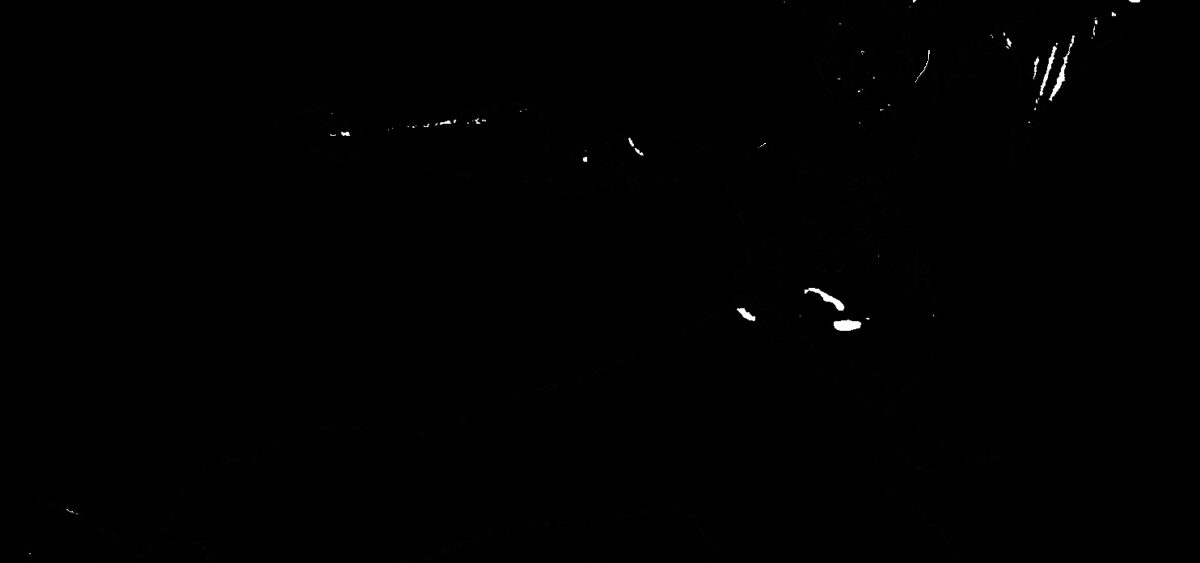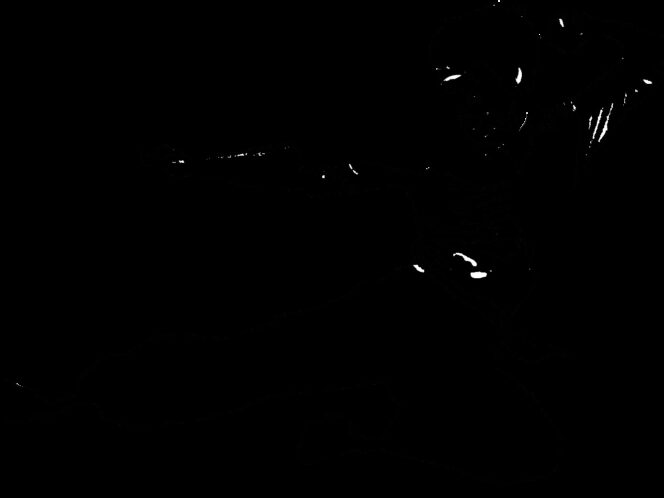The heroes of Bruce Lee’s films resemble Benya Krik from Isaac Babel’s famous Odessa Stories – they say little, but are always to the point. This is in keeping with a rule often articulated on-screen (if they ever do speak) and repeated regularly off-screen by the man playing those roles: the basic aim of human life is to honestly and fully express yourself. Speech is merely one means of attaining it. Another (and perhaps the most important) is movement and, hence, the body.
How can one achieve this? How does one express oneself fully? It is good to start by being aware that all outlooks, systems and styles – especially fighting styles – primarily restrict us. Therefore, we should reject them and be like water, which, since it is formless, always assumes the shape of the vessel in which it is contained. A moment later, it can be poured somewhere else and will instantaneously adapt, like a chameleon. Water is in constant motion; an infinite transformation process, elusive, unlimited, absolutely free. That is the ultimate aim of existence. Nothing is more important.







